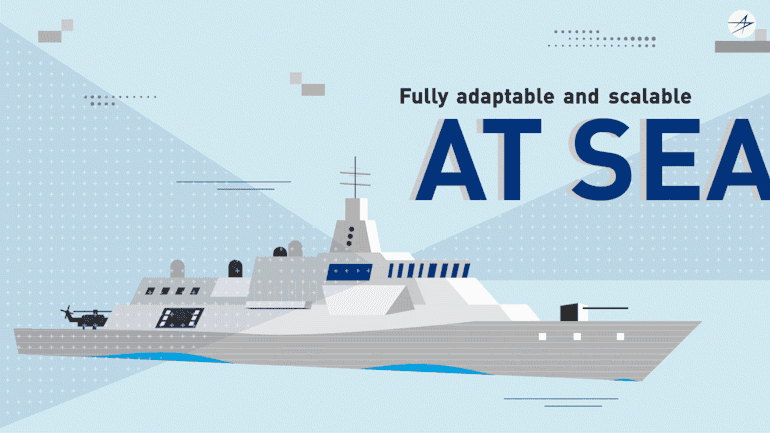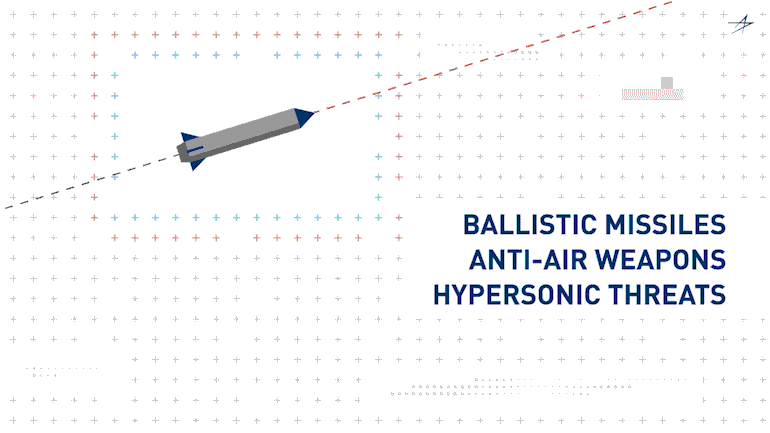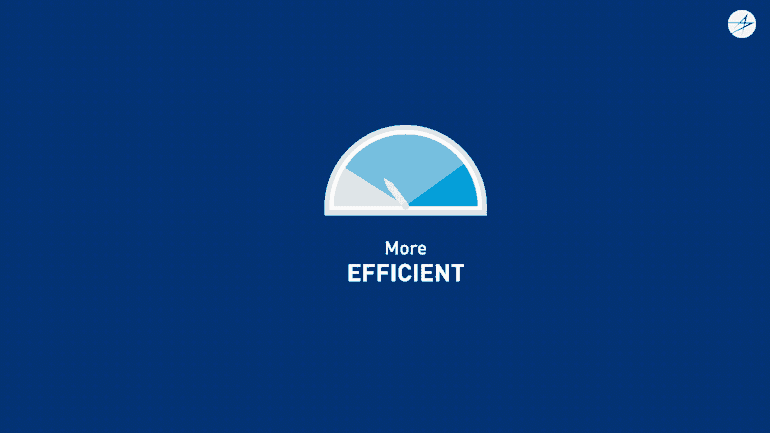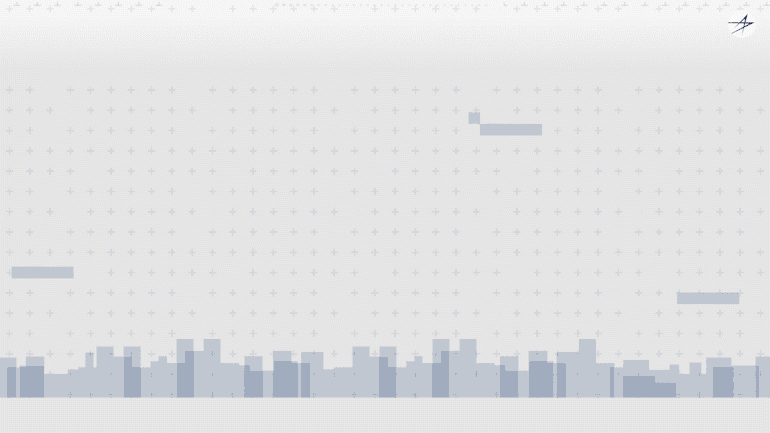Seven Things You Should Know About the World’s Most Advanced Radar
March 10, 2021
In today’s environment, information is the most powerful resource we have. SPY-7, the world’s most advanced radar, is therefore a critical tool for warfighters around the world. Want to know what makes this radar so unique? Read on.

1. SPY-7 technology works on land or at sea.
We use radar building blocks – think Legos® -- to scale our technology to the size and scope our customers need. They need an at-sea radar to track a small number of objects? Can do. They need a large, land-based radar to track many ballistic or hypersonic missiles? We can do that, too.
2. SPY-7 has 3.3 times the detection range of the existing SPY-1 radars and better detection range than any competitor radar.
This type of long-range, high volume sensing helps alert defense forces of incoming objects earlier, meaning they have more time to decide what to do to address the threat.

3. Men and women in the armed services can depend on SPY-7 to differentiate between harmful or harmless targets.
With the increase in advanced threats, it’s critical to be able to identify which threats are real, and which aren’t. SPY-7 has polarization diversity, which means its better able to classify and identify threats. This means defense forces can better focus their attention and responses on real threats to keep people safe.
4. Unlike current radar, soldiers can operate the radar while they perform maintenance on SPY-7, so there is no gap in protection.
With something as important as situational awareness and threat detection, it’s critical to be able to see 24/7. Most traditional radars have to shut down some or all sensing capabilities to allow for service. SPY-7 is the only radar that allows operators to perform maintenance while operating the radar.

5. For how capable it is, this tech is surprisingly affordable.
Because we leveraged existing radar technology, strong supply chain and common software library, we’ve reduced the cost of our radar by 10 percent as compared to the LRDR program.
6. This radar is ready now. It’s in production today.
The sooner defense forces have this radar with increased access to situational awareness, the better. This technology is already in production today for SPY-7 due to the mature technology leveraged from the Long Range Discrimination Radar (LRDR). LRDR is a precursor to SPY-7 and has already completed production and been successfully demonstrated. The LRDR radar is being installed in Clear, Air Force Station, Alaska USA and will be delivered to the Missile Defense Agency in 2021.

7. SPY-7 has been selected by four countries to protect its citizens and defense forces.
Japan, Canada, Spain and the U.S. have all selected SPY-7. Canada and Spain have selected this radar for their newest combat ships, and Japan has stated they will deploy SPY-7 on sea-based platforms or vessels. The U.S. currently uses it in land-based applications.




